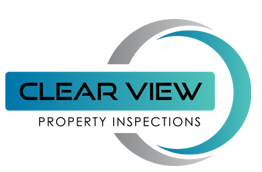Building Inspections in Sydney
Clear View Property Inspections have expertise in delivering thorough building inspections across Sydney. Our reports are comprehensive and easily understandable, providing clear insights into the condition of the property from top to bottom, encompassing electrical, plumbing, pest inspections and more. A thorough pre-purchase building report can save you a significant amount in negotiations and prevent potentially costly repairs.
After the inspection, you’ll receive a detailed written report on the house’s condition and any issues that need attention before making an offer.
Call us on 02 8329 7997 today for an instant quote.
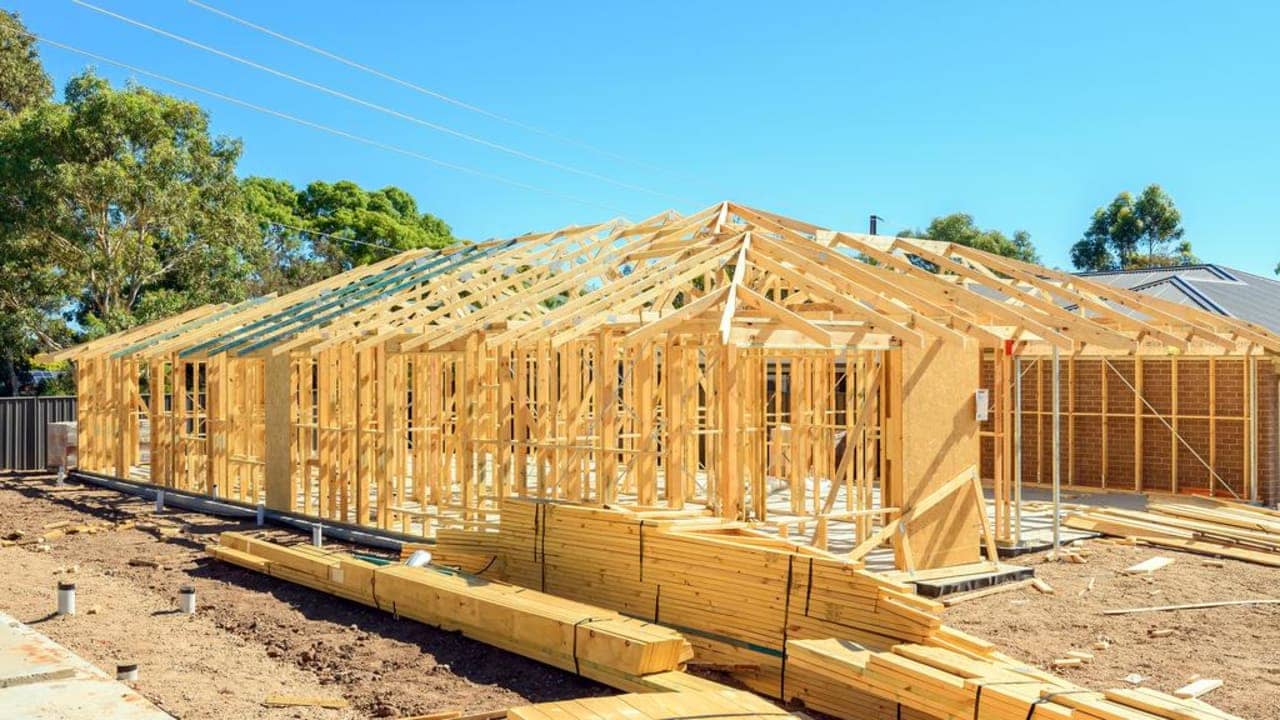
Our experienced inspectors understand the importance of new and existing buildings. Periodic inspections of existing buildings are crucial to assess their technical condition, identify defects or maintenance needs, and ensure compliance with construction laws.
Building Inspection Services in Sydney
Request a consultation from your building inspector. Contact us.
At Clear View Property Inspections, we provide comprehensive building inspection services in Sydney, NSW. The best inspectors dedicate ample time to thoroughly inspect every aspect of the property, including hard-to-reach areas. Our dedication to comprehensive inspections sets us apart from others who may rush through their assessments. Engaging an experienced builder and inspector is crucial for identifying both existing defects and potential future issues. It’s common for sellers to conceal problems, but with our expertise, we can uncover hidden defects that may be overlooked by others.
Comprehensive Reports
A Detailed pre-purchase building report can save you Tens of Thousands of dollars off the purchase price in negotiations or from potentially purchasing a property with major issues that will, in the end cost you extensive money to repair. Once the inspection is complete, the inspector will provide you with a written report that includes all of the information he has collected during the inspection. This report will give you a good idea of the house’s condition and what issues need to be addressed before you make an offer on the house.
Time with Details
Spending the time to inspect the home and understanding the fundamentals of structures and construction is our Strength. If the property doesn’t seem right, be sure Robert will tell you about it. We also have the capability to provide approximate estimates for repairs and advice on how to repair the issues and on many occasions, we may have the trade contacts to help you.
Experienced Builder and Inspector
Using an experienced builder and inspector ensures that the most difficult of defects or potential issues are identified. Sometimes it’s not just about identifying the current condition but the potential issues that may arise if certain repairs are not completed. Many times the homeowners will repair and hide defects for the sale of the property. Most of the time, the fundamental issues are not fixed but covered up for presentation to only appear a few months later when the property is in your ownership. Having an inspector who can see through the make-up is key, as vendors are becoming quite savvy in covering defects.
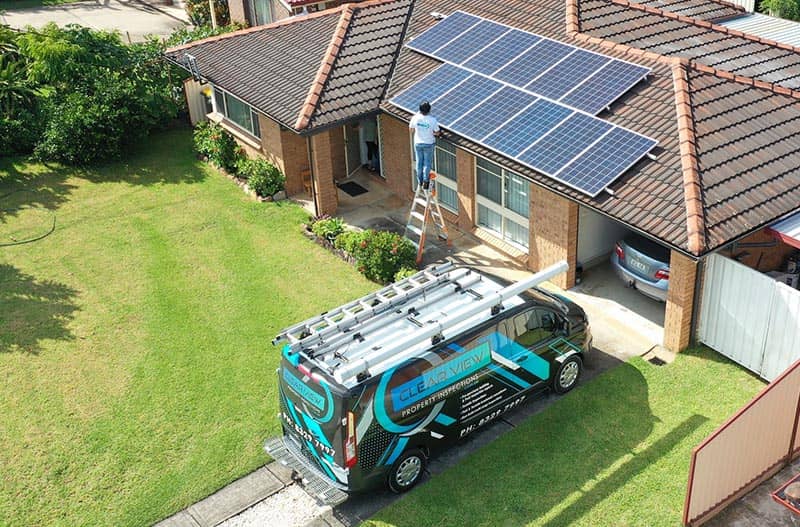
Water damage: This can be caused by leaks in the plumbing system or from issues with the roof. Water damage can lead to mould growth, rotting of wood, and deterioration of the property’s structure.
Sydney Building Inspection Service
To ensure the safety, quality, and value of a home in Sydney, it is important to conduct thorough building inspections. This process assesses building quality and energy efficiency while guided by various standards and regulations. An essential document guiding these inspections is the standard for building condition assessment, which involves determining the stage, importance, intensity, and extent of defects to identify potential safety hazards or maintenance needs that may affect the home’s value.
Request a consultation from your building inspector. Contact us.
-
First-time home buyers
-
Experienced property owners
-
Property investors
-
Commercial buyers
-
Builders and contractors
-
Body corporates
-
Building managers

Clear View Property Inspections also offer comprehensive pest inspections in Sydney. Our team of experienced pest inspectors are trained to identify and assess any potential pest infestations or damage within a property.
Sydney Property Inspection Service
Request a consultation from your building inspector. Contact us. Our Sydney building inspection services include:
-
Pre-Purchase Building Inspections
-
Pest and Termite Inspections
-
Pool Barrier Certifications
-
New Build Inspections
We’re independent of the buying and selling or building process, which means we offer a true third-party inspection to ensure your home is safe and you’re getting exactly what you’re paying for – nothing less.
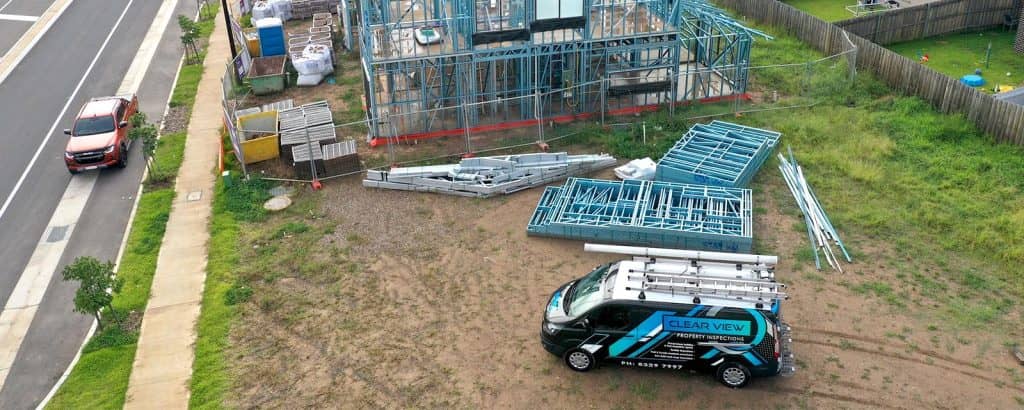
During our inspections, we have commonly encountered a range of issues that can impact the condition and quality of a property.
Sydney Building Inspection Standards
Building inspection standards, like AS4349.1-2007, outline the procedures for inspectors examining buildings to identify faults or potential issues compromising safety or integrity. Urban growth in cities like Sydney has led to increased demand for infrastructure and services, with numerous major projects underway to enhance transportation networks and housing options.
One notable project is Sydney’s WestConnex initiative – a substantial road construction undertaking involving new tunnels and upgrades aimed at linking western and southwestern Sydney with the city’s CBD, airport, and port areas. A building inspection assesses building quality, including energy efficiency. Inspectors decide about defects based on inspections and regulations as per relevant construction laws.
Infrastructural projects aim to improve transportation across Sydney by meeting minimum acceptable standards through monitoring codes or regulations. Request a consultation from your building inspector. Contact us.
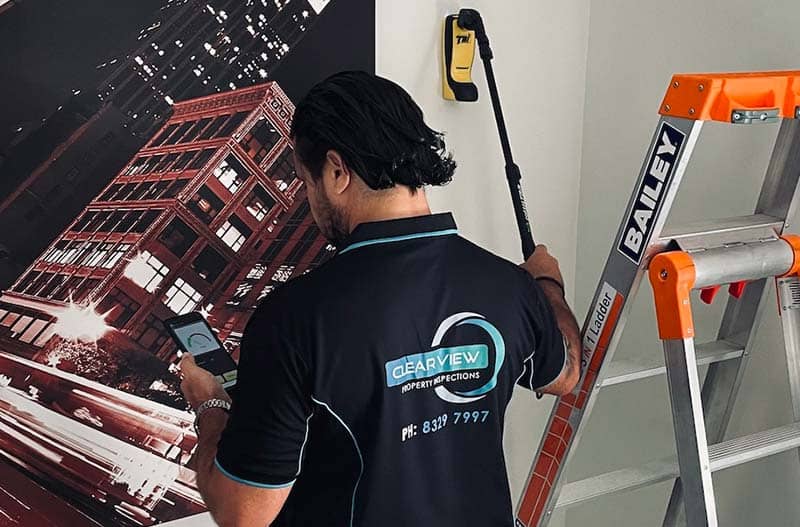
Structural defects: These can include cracks in the foundation or walls, uneven floors, and sagging roofs.
Sustainability Initiatives in Sydney
In Sydney, NSW, the construction and development industry greatly influences the evolution of the urban landscape due to various factors. These include a heightened emphasis on environmentally conscious features and practices such as renewable energy sources, green roofs, and rainwater harvesting systems. Moreover, sustainable infrastructure projects like expanding public transport services and implementing cycling networks are prioritised for their positive environmental impact.
Additionally, mixed-use developments have gained popularity in creating vibrant communities with easy access to amenities by combining residential, commercial, and retail spaces within one complex. This trend aims to reduce car travel and promote walkable communities for more sustainable development patterns.
The inspection market in Sydney plays a crucial role in providing thorough property assessments for potential buyers or individuals planning to build homes. These inspections aid buyers in making well-informed investment decisions while ensuring compliance with established standards through self-regulated reporting systems monitored by council building inspectors. Request a consultation from your building inspector. Contact us.
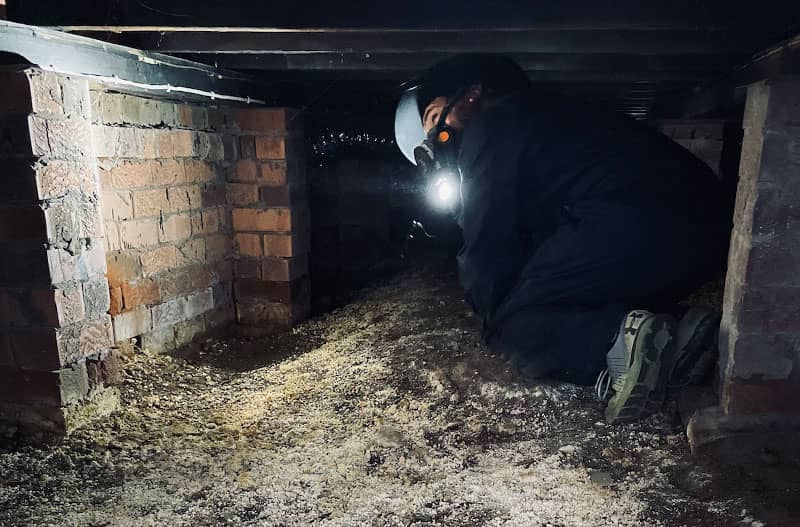
Structural defects are a major concern as they can compromise the stability and safety of the building.
Common Building Inspection Issues in Sydney
If you’re in a home-buying process, building inspections are essential. We offer personalised building inspections in Sydney for first-time home buyers, builders, contractors or property investors. After negotiating your offer and submitting a deposit, schedule your inspection to receive a detailed report on the condition of the property. The following structural issues should be checked during an inspection for safety assurance:
- Foundation problems;
- Roofing issues due to harsh climate;
- Plumbing and drainage problems causing damage if left untreated;
- Potential electrical hazards from outdated systems;
- Pest infestations common in warm climates like Sydney’s;
- Asbestos commonly found in older buildings.
Pest Inspections Sydney
Pest inspections are essential for identifying and addressing common pest issues. Professionals with extensive knowledge of pest behaviour utilize various techniques to assess infestation extent and determine eradication and prevention actions. Common pest issues include termite infestation, ant invasion, bed bug presence, flea infestations, mosquito populations, ventilation deficiencies, high temperatures, and unsanitary conditions. Termite infestation is a significant concern in Sydney due to the potential damage to wooden structures. Ants can contaminate food sources by invading homes, while bed bugs cause discomfort and disrupt sleep for residents.

With Clear View Property Inspections, you can trust that our thorough and comprehensive inspections will help identify these potential issues and provide you with the information you need to make informed decisions about your property investment.
